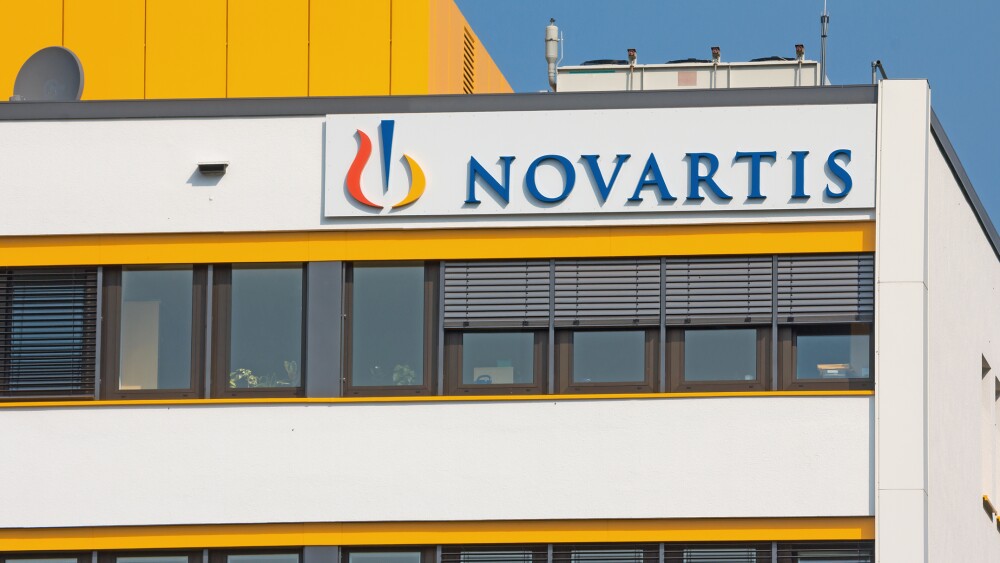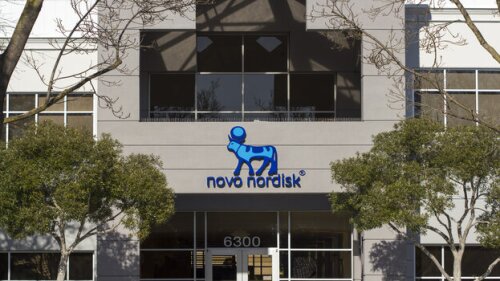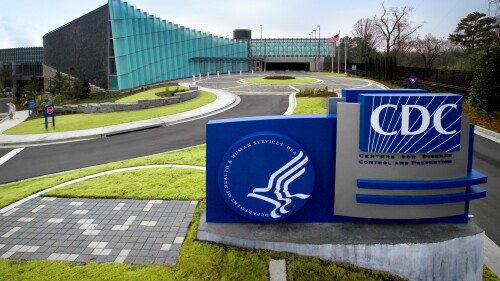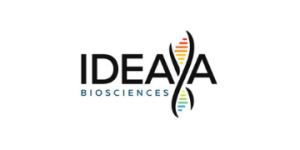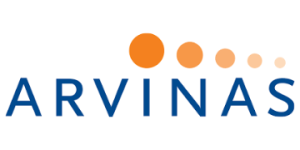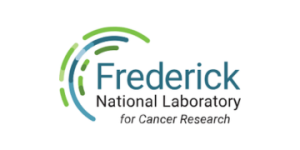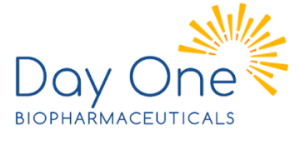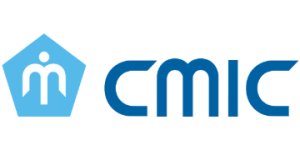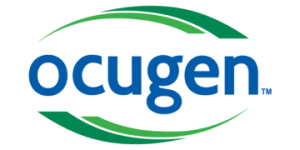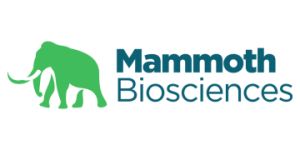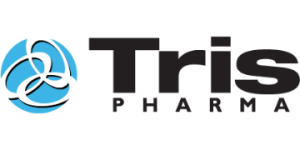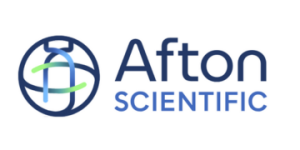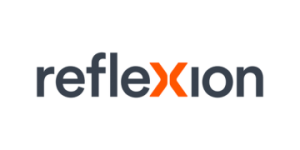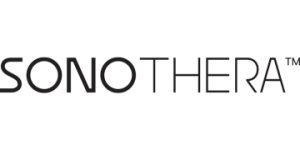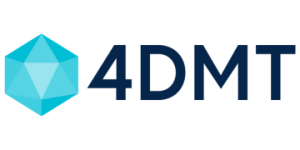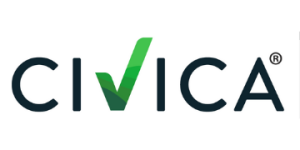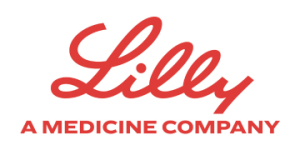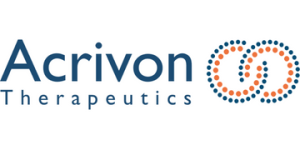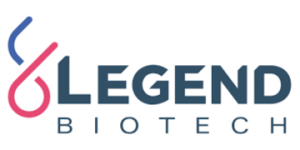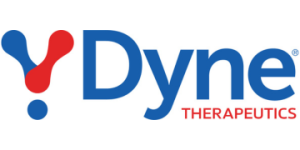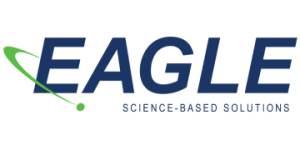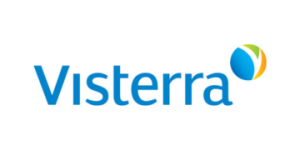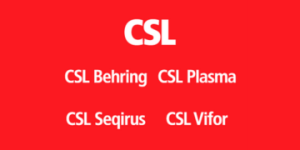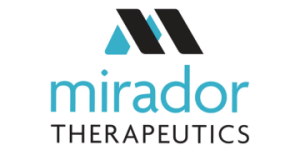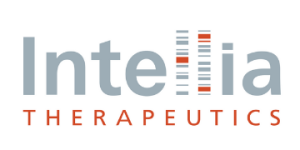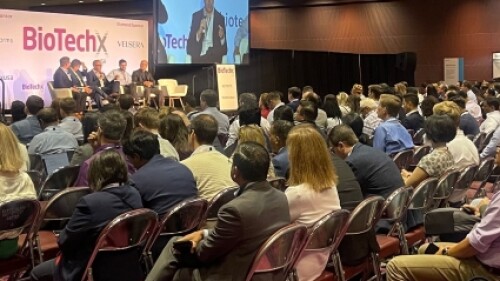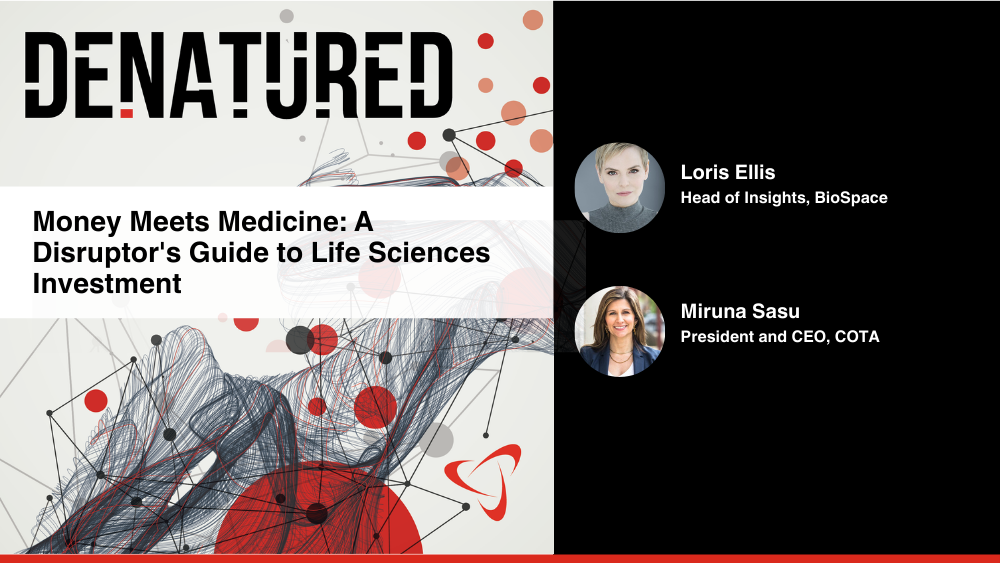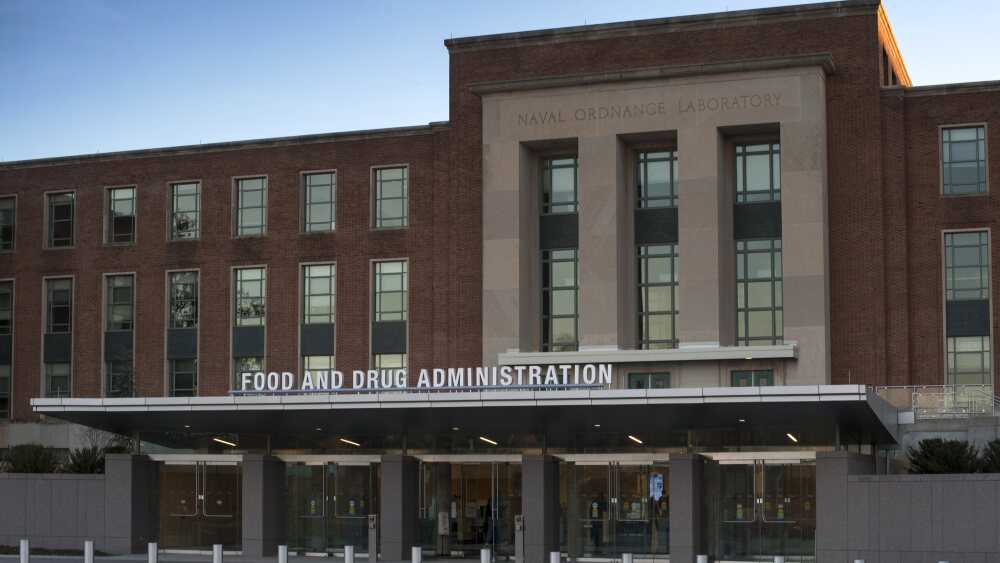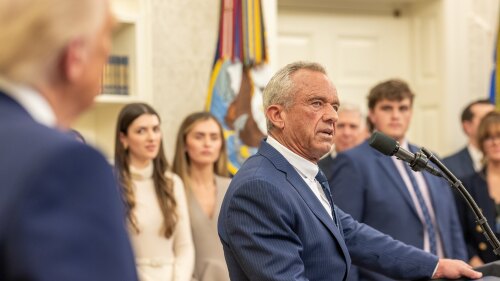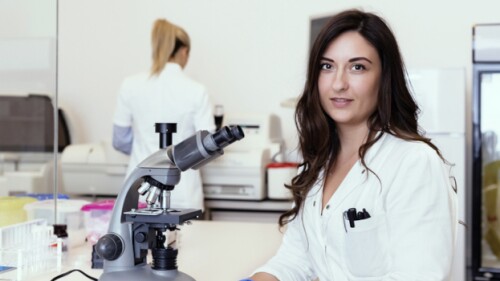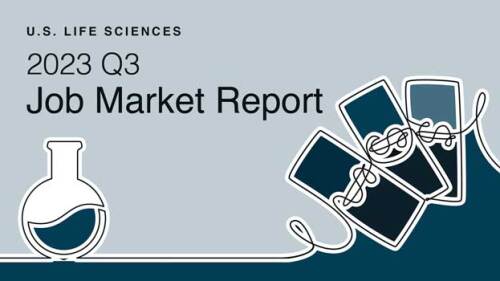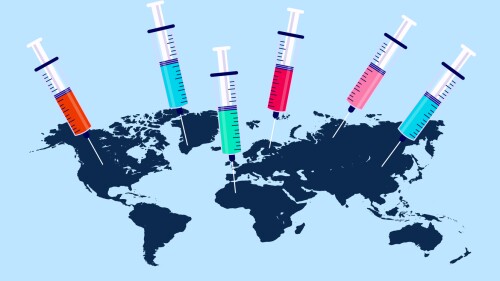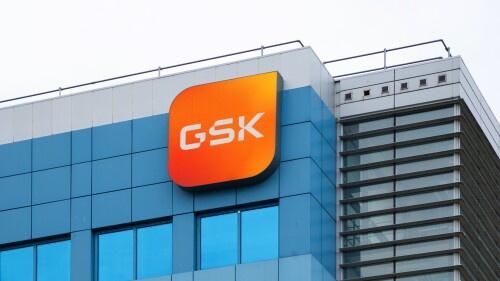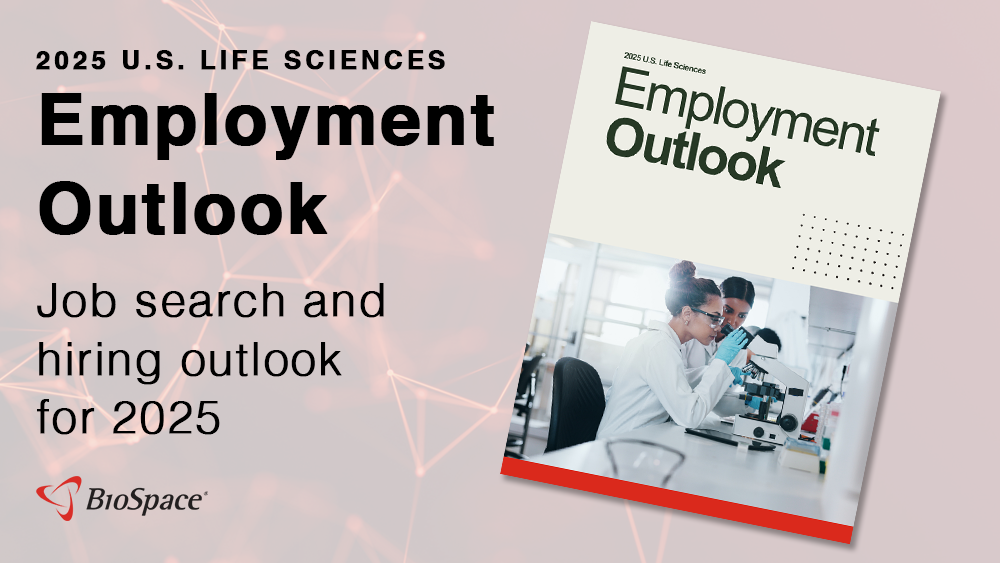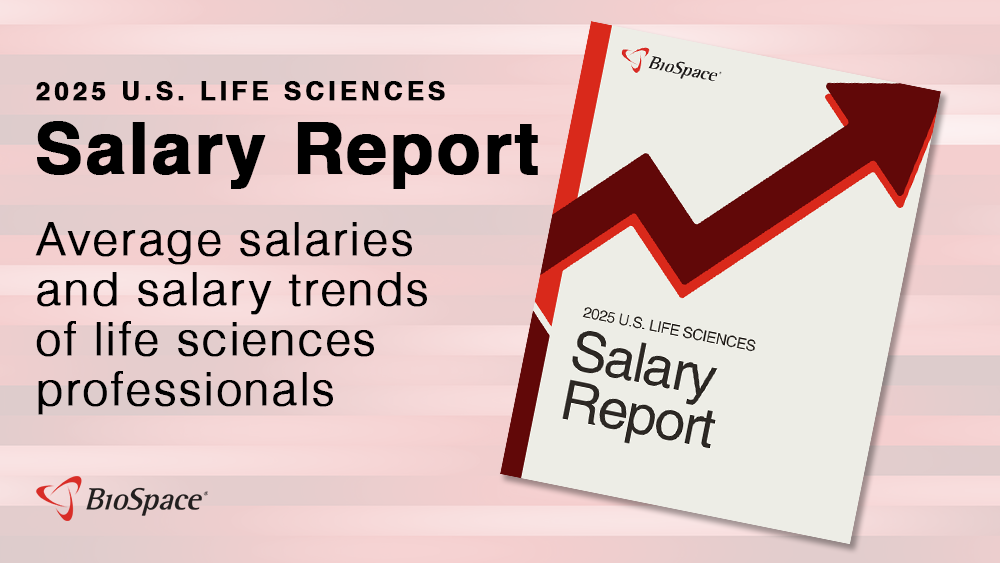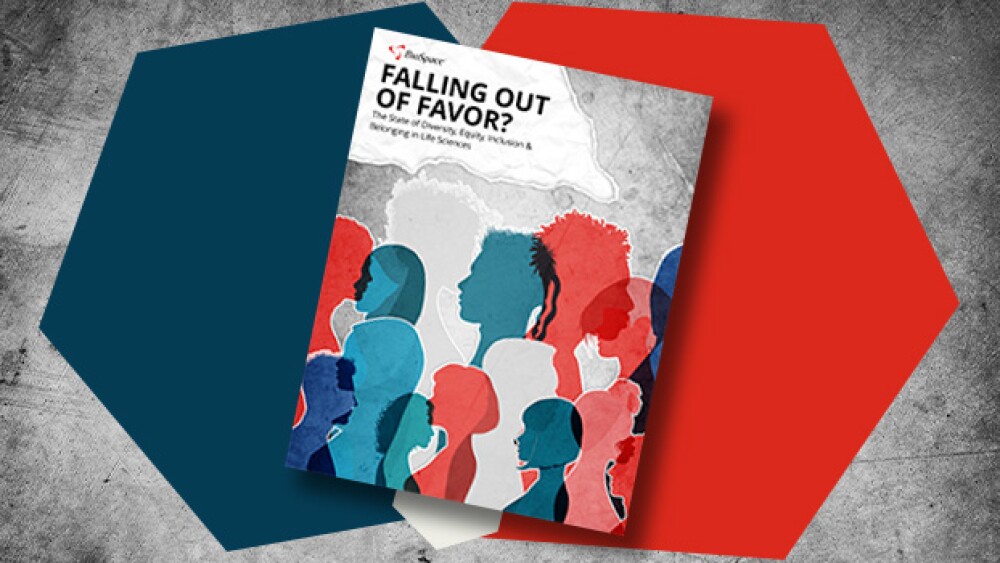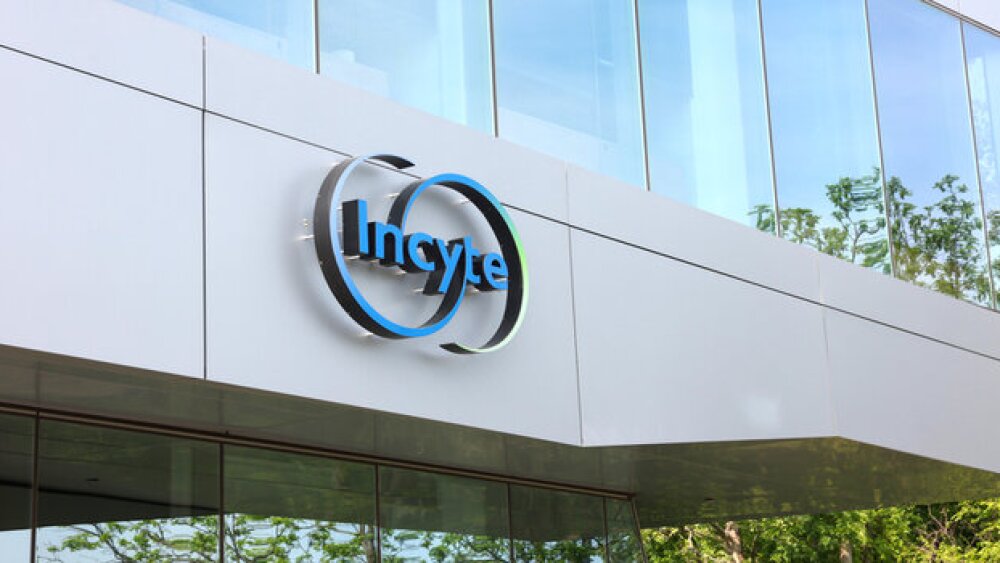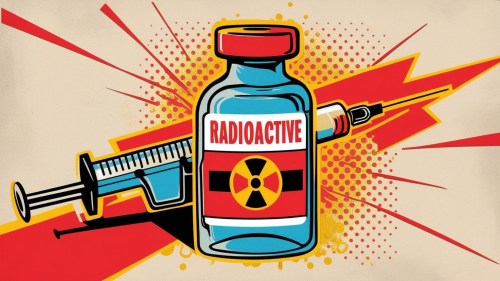Elecsys’ approval could help boost the uptake of currently approved Alzheimer’s disease therapies, including Biogen’s Eisai-partnered Leqembi, with CEO Chris Viehbacher recently noting that such biomarker-based tests could “remove some of the bottlenecks” in uptake.
Slapped with the most severe post-inspection classification, the state of Novo Nordisk’s Indiana manufacturing site could pose a problem for clients, including Regeneron and Scholar Rock.
Nabla and Takeda first joined hands in 2022, to push “the boundaries of next-generation biologics discovery,” according to the startup’s CEO Surge Biswas.
Regeneron is aiming to file a regulatory application for DB-OTO by the end of the year.
The last few months have been tumultuous for the CDC, which has seen the ouster of Director Susan Monarez and all 17 members of the Advisory Committee on Immunization Practices.
Moderna’s mRNA-4359, when used with Keytruda, achieves a 24% overall objective response rate in patients with melanoma, with efficacy increasing to 67% in those positive for PD-L1.
FEATURED STORIES
Armed with the latest biological knowledge and cutting-edge computational techniques—and, of course, investor dollars—these six biotechs are playing in the largely underappreciated longevity space, developing therapies that may improve the quality of aging.
Analysts said the deal with Novo was likely giving Hims “‘credibility’ or increased consumer traffic,” adding that the “litigation risk is back on the table” now that the Danish pharma has stepped away.
The industry sector focused on aging is only about 10 years old, but acting on what scientists already know, a new crop of biotechs, backed by investors, are taking a disease-centric approach to extending the human lifespan.
TIGIT-targeting therapies have largely disappointed in recent months, with failed studies, terminated partnerships and shuttered businesses. Here are five biopharma players staying alive with differentiated candidates against the once promising immuno-oncology target.
Slashing adverse drug reactions through pharmacogenetics and advanced AI could help rehabilitate the pharmaceutical industry’s reputation amid mounting criticism.
Why did two private equity firms with more than $460 billion under management want a little old gene therapy biotech called bluebird bio? We wanted to know.
LATEST PODCASTS
In this episode of Denatured, BioSpace’s Head of Insights Lori Ellis and Miruna Sasu, CEO of COTA, discuss life sciences investment and the potential for disruption.
As FDA seeks to rehire some fired employees, Donald Trump threatens to enact tariffs on pharma companies unless they reshore manufacturing; another lawsuit hits the complex GLP-1 compounding space as Eli Lilly offers expanded Zepbound options; and struggling gene therapy biotech bluebird bio goes private in an attempt to stay solvent.
At the 2025 National Biotechnology Conference, gene therapies, bispecific antibodies and other novel modalities—relative newcomers to medicine—will be much discussed. In this curtain raiser, BioSpace speaks with conference chair Prathap Nagaraja Shastri of J&J about these highly anticipated topics.
Job Trends
Slope is excited to announce today the formation of a new industry-led consortium to enable the future of complex clinical research by driving sample excellence.
Subscribe to Genepool
Subscribe to BioSpace’s flagship publication including top headlines, special editions and life sciences’ most important breaking news
SPECIAL EDITIONS
In this deep dive, BioSpace investigates China’s rise as a biotech powerhouse.
In this deep dive, BioSpace explores the next big thing in obesity.
BioSpace did a deep dive into biopharma female executives who navigated difficult markets to lead their companies to high-value exits.
DEALS
-
At the heart of the deal is the drug candidate dordaviprone, which is months away from a regulatory verdict for its use in H3 K27M-mutated diffuse glioma.
-
In a move straight out of 2021, BridgeBio Oncology is taking the SPAC route to the public markets in a deal with Helix Acquisition Corp. II worth $450 million in proceeds.
-
In this episode of Denatured, BioSpace’s Head of Insights Lori Ellis and Miruna Sasu, CEO of COTA, discuss life sciences investment and the potential for disruption.
-
Our CEO accidentally started a book club. Now we’re all dreaming of mega pharma mergers.
-
As high prices and supply issues drive consumers to alternative markets for GLP-1s, physicians aren’t too interested in using these therapies to treat conditions like heart disease risk that have existing cheap standards of care.
WEIGHT LOSS
-
To say, as CEO David Ricks did, that this was a good quarter, is an understatement. Mounjaro in diabetes brought in $3.84 billion for the quarter while Zepbound in weight loss booked $2.31 billion.
-
As Q1 2025 earnings season continues, tariffs remain top of mind for pharma CEOs and investors. Meanwhile, the American Association for Cancer Research’s annual event kicks off this year’s oncology conference season. Plus, will the FDA become politicized under HHS Secretary RFK Jr.?
-
In December 2024, the FDA affirmed that the shortage of tirzepatide, marketed as Zepbound for weight loss, had ended, formally barring compounders from producing their knockoff versions of the drug.
-
FDA Commissioner Marty Makary talks about his plans to revamp drug development and reduce ‘conflicts of interest’ between the agency and pharma industry; Roche and Regeneron jump on the U.S. manufacturing train as Trump’s tariffs loom; and Eli Lilly scores a big win for orforglipron while Novo Nordisk reveals it has applied for FDA approval of its oral semaglutide.
-
Novo Nordisk filed for approval of an oral, 25-mg formulation of its weight loss blockbuster “earlier this year,” according to a company spokesperson.
POLICY
-
The trove of more than 200 letters is part of a pledge of transparency from the agency, with the intention to increase public insight into the reasons new drug and biologics applications got rejected.
-
The move has sparked concern that the U.S. Preventive Services Task Force could soon be dismissed after a decision by the high court affirmed Health Secretary Robert F. Kennedy Jr.'s power to remove its members at will.
-
The high court’s order blocks a May decision by a California court that temporarily blocked the efforts of Health Secretary Robert F. Kennedy Jr. to drastically reduce the size of his agency’s workforce.
-
Leerink Partners called the announcement a ‘positive’ given the delayed timeframe and the uncertainty that the administration will implement tariffs at all.
-
The FDA will allow a new dosing schedule for Eli Lilly’s Alzheimer’s drug Kisunla that could lessen a known side effect of the monoclonal antibody drug class that has led to several deaths.
Research associates are always in demand. Check out these top companies currently hiring RAs.
Newer hiring models based on skills applicants have learned and their general potential for growth could avoid the drawbacks of relying on degrees and experience.
The biopharma industry is moving toward using AI to try to determine how well a given person would perform in a role, with applications that go beyond recruiting.
In a cooling job market, companies often can’t match job seekers’ expectations on factors such as salary and remote work.
My colleagues and I have often been asked, “When is it time to start looking for another role?” This three-level rubric can help.
In this job market report we’re reviewing life sciences job market movement in Q3 and what to expect for Q4 and beyond.
HOTBEDS
REPORTS
In this Employment Outlook report, BioSpace explores current workforce sentiment, job activity trends and the prospective job and hiring outlook for 2025, particularly as it compares to the previous year.
BioSpace’s third report on diversity, equity, inclusion and belonging in life sciences examines dramatic shifts in attitude around diversity initiatives.
CANCER
-
The FDA also approved the use of Zynyz as a monotherapy for patients with squamous cell carcinoma of the anal canal who are intolerant to platinum chemotherapy or whose disease has progressed.
-
As the FDA prepares for a busy Oncologic Drugs Advisory Committee meeting next week, an agency insider told BioSpace that volunteers with little training are scrambling to secure the required expertise after workforce cuts decimated the adcomm planning office.
-
AbbVie’s Emrelis is the first non-small cell lung cancer therapy approved for patients with high c-Met expression levels who have received prior lines of treatment.
-
Belrestotug showed underwhelming efficacy outcomes in mid-stage studies of non-small cell lung cancer and head and neck squamous cell carcinoma.
-
At the intersection of radiation and precision, Novartis, Bayer, AstraZeneca and more hope to cash in on a radiopharmaceuticals market that could top $16 billion by 2033.
NEUROSCIENCE
-
Cobenfy’s late-stage flop is BMS’ second high-profile failure in as many weeks. The pharma announced last week that Camzyos was unable to improve disease burden in non-obstructive hypertrophic cardiomyopathy.
-
The Health and Human Services Secretary said that he will find and eliminate the cause of autism by September, an idea that suggests how little he knows about the condition.
-
Jefferies analysts predict Annexon’s tanruprubart could be approved by mid-2026.
-
Jazz is being accused of anti-competitive practices regarding its narcolepsy drug, as generic competitors emerge on the market.
-
Wegovy and Zepbound are just the latest drug dyads to face-off in the competitive pharma market, continuing a legacy of rivalry that includes blockbuster drugs Keytruda, Humira and Eliquis.
CELL AND GENE THERAPY
-
Despite making an unsolicited bid for gene therapy maker bluebird bio, Ayrmid failed to deliver a binding offer after weeks of due diligence. Bluebird’s board recommended that it go with Carlyle and SK Capital Partner’s original offer to take the company private for $30 million.
-
Stifel analysts said that Lexeo’s data showing reduced size and thickness of the heart’s left ventricle are “supportive of a drug effect” for the company’s gene therapy in Friedreich’s ataxia cardiomyopathy.
-
One day after the European Medicines Agency requested that three clinical trials of Elevidys be placed on hold after the death of a U.S. teenager, a data monitoring committee concluded that they should continue unchanged.
-
Sangamo, which has been having cash problems, will receive $18 million upfront in licensing fees for its AAV capsid that in preclinical studies has shown the ability to cross the blood-brain barrier.
-
Already reeling from years of market chaos, the announced departure of CBER chief Peter Marks sent a ripple across biopharma markets.

